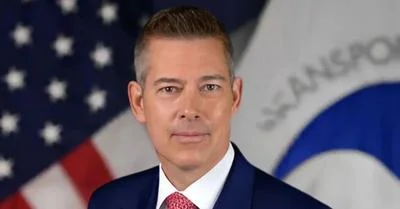The U.S. Department of Transportation’s National Highway Traffic Safety Administration has updated testing requirements for child safety seats with a goal of enhancing protections for children during self-impact crashes.
According to a June 22 National Highway Traffic Safety Administration news release, the new rule establishes a side impact test that replicates a 30-mph side collision, commonly known as a T-bone crash. Government officials are also touting the change as a major advancement in protecting children from serious injury in traffic crashes.
“Side-impact collisions cause serious injuries and deaths in young children each year,” said Dr. Steven Cliff, NHTSA administrator, according to the release. “By establishing more comprehensive testing requirements, we are advancing child passenger safety and assuring parents that the safety seat they choose for their child must meet the highest safety standards.”
With the number of roadway accidents and fatalities on the rise since the start of the pandemic, the ruling comes as part of USDOT's overall plan to make roadways safer for all, the release reported.
This final rule amends Federal Motor Vehicle Safety Standard No. 213 regarding child restraint systems by establishing side impact performance requirements for child safety seats, according to the release. Going forward, child seats will be evaluated using the newly developed Q3s side impact test dummy representing a 3-year-old child along with the well-established CRABI 12-month-old child test dummy.
The changes are in keeping with the White House’s push to establish and fulfill a statutory mandate set forth in the Moving Ahead for Progress in the 21st Century Act, which directed NHTSA officials to incorporate a plan to improve the protection of children seated in child safety seats during side impacts, the release reported.






